A few years ago, Britax announced the oncoming debut of their ClickTight seats, which featured the same ClickTight technology first found in the Frontier G1.1 and Pinnacle G1.1. This was great news, but what made it even better was to learn that Britax also planned on refreshing the Advocate, Boulevard, and Marathon with the ClickTight technology. I made it my goal to review the Britax Advocate ClickTight, and did, and then picked up a Marathon ClickTight, which I also reviewed, and now I’m sitting in front of a Boulevard ClickTight and ready for another review!
2018 update: Nothing significant has changed with the Boulevard ClickTight. It’s still a great seat at the 40-pound convertible mark with enough headroom to keep almost all kids rear-facing until they hit the weight limit.
Britax Boulevard ClickTight – What’s the big deal?
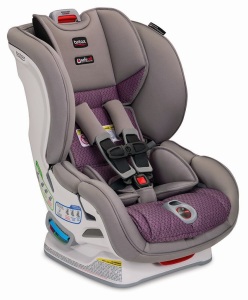 The Britax Boulevard ClickTight is basically a hybrid of the ClickTight technology in seats like the Frontier 90 or Advocate ClickTight and the features of the Britax Marathon G4, along with greater height limits and safety features thrown in. What does this all mean? Well, for starters, we’re dealing with a convertible car seat, so you can set it up to both rear-face for infants and forward-face for older children.
The Britax Boulevard ClickTight is basically a hybrid of the ClickTight technology in seats like the Frontier 90 or Advocate ClickTight and the features of the Britax Marathon G4, along with greater height limits and safety features thrown in. What does this all mean? Well, for starters, we’re dealing with a convertible car seat, so you can set it up to both rear-face for infants and forward-face for older children.
The Boulevard ClickTight joins the Boulevard ClickTight and the Advocate ClickTight as one of the three newest car seats in general and convertibles in particular from Britax. According to Britax engineers and designers, the goal was to make it possible for every parent to install the car seat safely and securely in a variety of circumstances. Frankly, I think they did a great job in achieving this goal, and read on to see why.
Buy the Britax Boulevard ClickTight on Sale at Amazon.
Britax Boulevard ClickTight Limits for Weight and Height
Rear-facing: 5-40 pounds. The 1″ rule applies for your child’s head; it shouldn’t get past 1″ below the inner shell’s top. Previous Britax seats made use of the outer shell, but now that the inner shell is used, the height limits of Britax seats are going to be a lot more impressive. You essentially have around 27″ of maximum seated height, which is about as good as it gets right now for rear-facing in the industry, even when compared to seats like the Fllo, 4Ever, NextFit, and Size4Me!
Forward-facing: 20-65 pounds with a 54″ height limit. The top harness height limit is 19.4″ while the lowest is 8.35″, and the height can be adjusted in 14 positions .85″ increments. This equals the top harness height of the Advocate.
The shoulder height of the Boulevard ClickTight can stretch up to 18.65″ while rear or forward-facing, and your child’s ear tips need to be beneath the shell’s top end. Britax recommends that your child be at least two, but I’d recommend remaining rear-facing until 4 if at all possible, and longer if your seat and child permit. The research backs this up, and in Sweden, where the fewest children per capita die in car crashes, the average time spent rear-facing is years. Similarly, after rear-facing for as long as possible, your child should forward-face for as long as possible before switching into a booster seat.
Dimensions of the Britax Boulevard ClickTight
The Boulevard ClickTight is 18.5″ wide, 23.5″ tall, and 23″ deep. It weighs 29.4 pounds, which is significantly less than the Advocate ClickTight, though still heavier than the previous edition of the Britax Boulevard. The ClickTight technology is a big part of why it weighs more, and that weight is worth it in my opinion.
Using the Britax Boulevard ClickTight
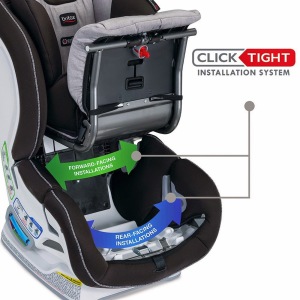 Britax is hanging the entire reputation of their ClickTight technology on ease of use and installation, and it makes sense that they’d prioritize this to such a degree when research shows that most car seats in the United States aren’t installed correctly. Tackling this would make a significant difference in our child mortality rates, and I’m always happy to see a company going after something to benefit children this way, especially since it’s the kind of technology that can save lives on a daily basis.
Britax is hanging the entire reputation of their ClickTight technology on ease of use and installation, and it makes sense that they’d prioritize this to such a degree when research shows that most car seats in the United States aren’t installed correctly. Tackling this would make a significant difference in our child mortality rates, and I’m always happy to see a company going after something to benefit children this way, especially since it’s the kind of technology that can save lives on a daily basis.
The entire point of the ClickTight system is to make it easy for anyone to install a convertible seat in a range of conditions and with limited experience. The process is rather straightforward: You open the ClickTight release, route the seat belt of the vehicle through the lower rear-facing slots, attach the seat belt, and then push the ClickTight system into its closed position. The graphic below from Britax summarizes the process nicely; it’s pretty much fool-proof in my experience.
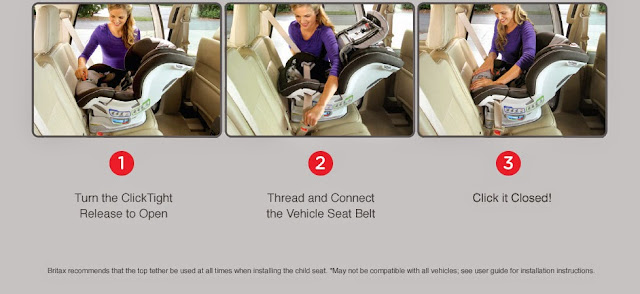 As I’ve said in the Advocate ClickTight review, the process will be highly welcome by most parents, as it takes a lot of the guesswork out of a good install. For me, this reason alone is big enough to seriously consider the Britax Boulevard ClickTight. You don’t need any more room than you would for a seat belt install, and it’s probably easier than a LATCH install, which means you get the space-saving benefits of a seat belt with the ease of use of LATCH, all in one convenient package. Not bad, right?
As I’ve said in the Advocate ClickTight review, the process will be highly welcome by most parents, as it takes a lot of the guesswork out of a good install. For me, this reason alone is big enough to seriously consider the Britax Boulevard ClickTight. You don’t need any more room than you would for a seat belt install, and it’s probably easier than a LATCH install, which means you get the space-saving benefits of a seat belt with the ease of use of LATCH, all in one convenient package. Not bad, right?
The seat itself is shipped securely 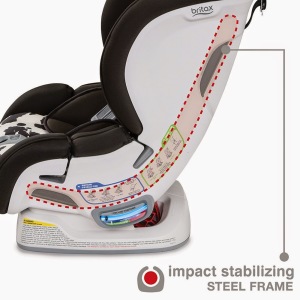 with protective padding and fits its box well. I purchase pretty much of all of my seats online through Amazon, and it always makes me happy to see my seats arrive in good condition. You have a number of recline points available on the seat to help you choose the right recline level for your child whether rear- or forward-facing; I counted 7 on the seat, and there’s an automatic color-coded level indicator that lets you know if your recline is good or not.
with protective padding and fits its box well. I purchase pretty much of all of my seats online through Amazon, and it always makes me happy to see my seats arrive in good condition. You have a number of recline points available on the seat to help you choose the right recline level for your child whether rear- or forward-facing; I counted 7 on the seat, and there’s an automatic color-coded level indicator that lets you know if your recline is good or not.
You have a no-rethread harness built into the seat, which is something that should be standard on every car seat, in my opinion, since it just makes life so much easier when using the same car seat with multiple children or when adjusting to quickly-growing kids. You have 14 positions for the harness and 2 positions for the crotch buckle. This is equal to the 14 harness heights available on the Advocate ClickTight, which again shows that Britax isn’t cutting corners even though this isn’t their flagship convertible seat.
Buy the Britax Boulevard ClickTight on Sale at Amazon.
Why Buy the Britax Boulevard ClickTight?
This is the most important and relevant part of any car seat review, in my opinion. Yes, it’s nice to have the no-rethread harness and this and that, but why exactly should you buy a seat like the Boulevard ClickTight? Well, first of all, it lets you rear-face until 40 pounds, which is a big thing in the United States, since most children are turned around far too early. The more height and weight room you have in a car seat, the longer you can rear-face, and the longer you can rear-face, the better your child’s odds are of surviving a serious car accident if you’re unlucky enough to get into one.
Keep in mind that children in Sweden typically aren’t turned forward-facing until they’re 4; this makes them much more likely to survive the very car accidents that claim so many children’s lives in the United States. Buying a car seat like the Boulevard ClickTight and using it to its rear-facing limits can save your child’s life; it’s as simple–and essential–as that. There are a number of seats that allow you to rear-face past 40 pounds, but 40 is still good.
Beyond the safety benefits of rear-facing, however, I am also a huge fan of the ClickTight system, since it makes it that much easier to get a secure and correct installation whether forward- or rear-facing. Since most seats in the United States simply aren’t going to be installed correctly, it’s a great thing when you come across a system that makes it nearly impossible to achieve an incorrect installation.
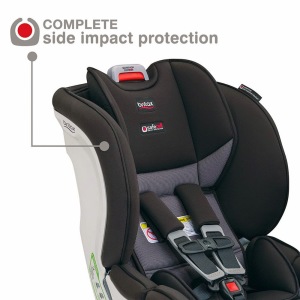 For additional safety, you get a number of Britax technologies, including the SafeCell Impact Protection system and the SafeCell Complete Side Impact Protection system. Essentially, these are systems that are designed to work together to protect kids beyond what’s required through current federal safety standards. Britax designed a number of components to absorb impacts, including the base, tether, harness, steel frame, and sides.
For additional safety, you get a number of Britax technologies, including the SafeCell Impact Protection system and the SafeCell Complete Side Impact Protection system. Essentially, these are systems that are designed to work together to protect kids beyond what’s required through current federal safety standards. Britax designed a number of components to absorb impacts, including the base, tether, harness, steel frame, and sides.
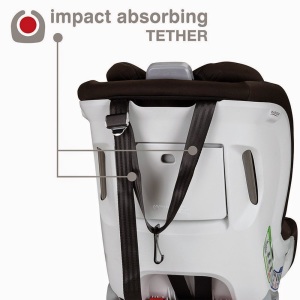 Essentially, the goal is to slow the deceleration of a child in a crash, which leads to lower forces experienced by the child, which leads to lower risks of serious injuries in collisions. These features aren’t tested by anyone other than Britax, but given Britax’s historical commitment to safety, I’d wager they’ve spent enough time testing them to verify they’re worth using in their seats, and I wouldn’t hesitate to put my child in one of them.
Essentially, the goal is to slow the deceleration of a child in a crash, which leads to lower forces experienced by the child, which leads to lower risks of serious injuries in collisions. These features aren’t tested by anyone other than Britax, but given Britax’s historical commitment to safety, I’d wager they’ve spent enough time testing them to verify they’re worth using in their seats, and I wouldn’t hesitate to put my child in one of them.
In conclusion, while the Boulevard ClickTight doesn’t have quite as many safety features as those the Advocate ClickTight, it’s also a much cheaper seat and quite frankly, a great deal if you’re simply looking for unparalleled ease of use through the ClickTight feature. It gets you almost all the way to the Advocate ClickTight while costing much less, which makes it a much more affordable and practical seat for a number of parents.
I recommend the Britax Boulevard ClickTight wholeheartedly. You can buy the Britax Boulevard ClickTight in a range of colors here, including Kaleidescope, Splash, Cerca, and Metro. Canadians can buy it here.
 If you find my information on best practices in car and car seat safety helpful, you can do your shopping through this Amazon link. Canadians can shop here for Canadian purchases. Have a question or want to discuss best practices? Join us in the forums!
If you find my information on best practices in car and car seat safety helpful, you can do your shopping through this Amazon link. Canadians can shop here for Canadian purchases. Have a question or want to discuss best practices? Join us in the forums!
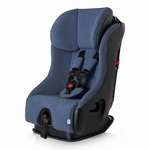 The Clek Fllo and Clek Foonf are, quite frankly, two of my favorite car seats on the market right now, and I’ve had the opportunity to review a number of them. At one point, I had both the Fllo and Foonf installed in our family vehicles, and I still have a number of friends who do. However, not every family has the budget or space to do so, even though both seats are among the best on the market for making 3 across installations possible. Here is a quick comparison of the Fllo and Foonf to help you choose between them. If you’re in a hurry, my recommendation is to go with the Fllo. However, if you’ve got a bit more time, it’s worth the trouble to read on. My full reviews of each seat are here (Fllo, Foonf).
The Clek Fllo and Clek Foonf are, quite frankly, two of my favorite car seats on the market right now, and I’ve had the opportunity to review a number of them. At one point, I had both the Fllo and Foonf installed in our family vehicles, and I still have a number of friends who do. However, not every family has the budget or space to do so, even though both seats are among the best on the market for making 3 across installations possible. Here is a quick comparison of the Fllo and Foonf to help you choose between them. If you’re in a hurry, my recommendation is to go with the Fllo. However, if you’ve got a bit more time, it’s worth the trouble to read on. My full reviews of each seat are here (Fllo, Foonf).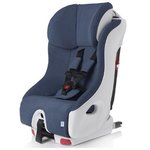 The truth is that both seats are among the best convertibles you can buy on the market right now, and that we’ve come such a long way in car seat safety in the United States that it’s almost like an embarrassment of riches out there today. We haven’t yet caught up to the Swedes in best practices for car seat design, car seat use, road design, and driving safety yet, but our car seats are definitely heading in the right direction. That said, folks are always interested in seeing how to get the most out of their money, which is where this guide comes in. As I’ve said, between the Clek Fllo and Foonf, I recommend the Fllo more, which is part of why I kept it and donated the Foonf to our in-laws.
The truth is that both seats are among the best convertibles you can buy on the market right now, and that we’ve come such a long way in car seat safety in the United States that it’s almost like an embarrassment of riches out there today. We haven’t yet caught up to the Swedes in best practices for car seat design, car seat use, road design, and driving safety yet, but our car seats are definitely heading in the right direction. That said, folks are always interested in seeing how to get the most out of their money, which is where this guide comes in. As I’ve said, between the Clek Fllo and Foonf, I recommend the Fllo more, which is part of why I kept it and donated the Foonf to our in-laws.

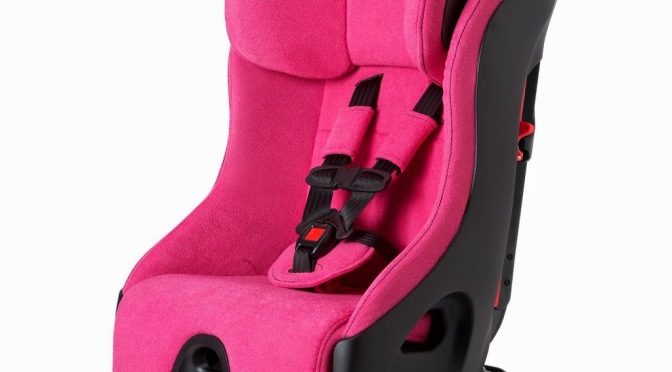
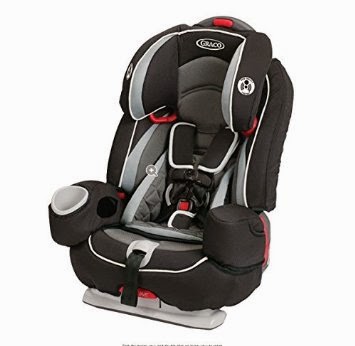
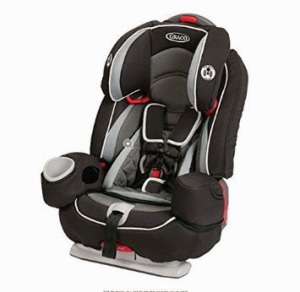
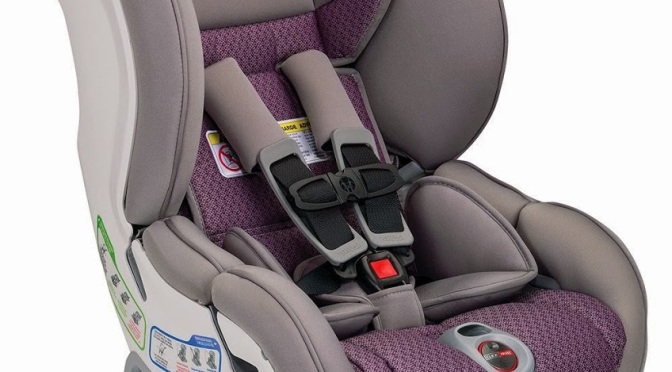

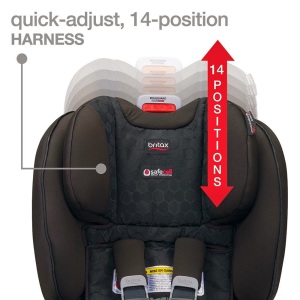





 If you find my information on best practices in car and car seat safety helpful, you can
If you find my information on best practices in car and car seat safety helpful, you can 
 Who:
Who:
 Who:
Who: